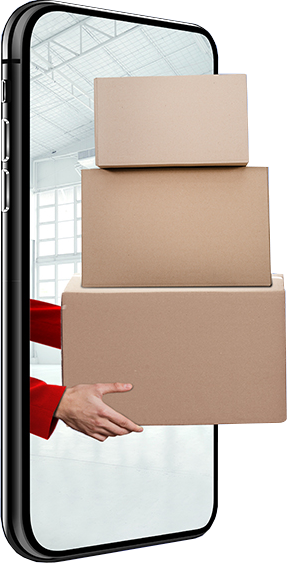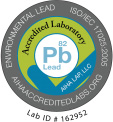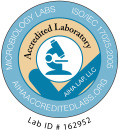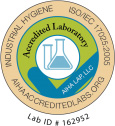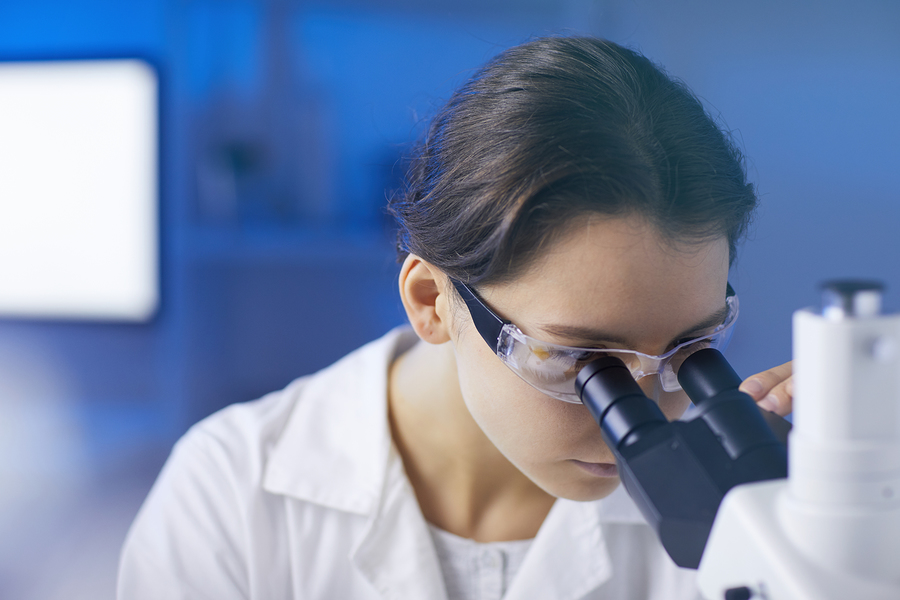
Commercial spaces have a plethora of bacteria all around. Whether that property is a store, office building, or any other business, chances are that germs and other pathogens reside there. Microorganisms may be invisible to the eye, but they are hearty and will grow and reproduce almost anywhere.
Common Types of Bacteria in Commercial Spaces
There are thousands of microbes that can exist in a commercial space. SanAir Technologies Laboratory offers a variety of sampling media for the detection of mold and bacteria common in commercial properties.
Fungi and bacteria reproduce and multiply in places that aren’t regularly disinfected and cleaned. Construction areas and basements are two places you should worry about. Spores and bacteria multiply in either dark abandoned areas or well-populated areas. Pipes, boxes, and other enclosed areas are also a breeding ground. These airborne pathogens can cause long-term respiratory illness if the problem isn’t solved. They can also cause allergies, flu and cold-like illnesses, and even digestive problems.
Air Quality
Air Quality one of the biggest issues facing commercial property owners. In places that are largely ventilated by an air conditioner, germs and pathogens can manifest. Although mold isn’t a pathogen, particles of mold break off and are swept into offices and other spaces through the ventilation system, making individuals sick. Staphylococcus and Bacillus are microorganisms that you should watch out for – they may not affect individuals right away, but can cause long-term health issues. In areas where air conditioning filters are not properly cleaned or replaced, the CDC reports higher percentages of asthma and other respiratory illnesses.
Legionella in Water Systems
These Gram-negative bacteria species include L. pneumophila, which causes a serious type of pneumonia known as Legionnaires’ disease. This bacteria spreads through droplets of water. Small droplets that make it into the lungs can cause serious respiratory issues for the individuals exposed to these droplets. It’s more prominent in areas where there’s moisture, so commercial spaces that are near bodies of water need to be tested often. Legionella can exist in large septic systems, hot water tanks and heaters, decorative fountains, and cooling towers.
Surface, Lead & Metals Testing
It’s vital to test surfaces in a commercial space. Dust accumulates just about anywhere and can contain hundreds of germs that make people sick. You can also get mites and bugs that spread disease. Dust chips, paint, soil, and water should all be tested for harmful pathogens.
Bacteria in Office Buildings
An office building is a perfect place for bacteria to grow. People come and go, bringing germs with them. Testing air and water yearly is essential. Office buildings are known to breed everything from e. Coli, Norovirus, H. pylori, and Actinomycetales. These bacteria don’t affect most healthy humans, but anyone with a compromised immune system should worry. They can develop food poisoning-like symptoms, or flu and cold-like symptoms from hidden bacteria in office buildings.
Testing Commercial Spaces
If you need to test any materials in your commercial space, you should contact a local laboratory that provides the necessary kits and supplies along with instructions on how to get the best samples. Property owners have a legal responsibility to keep their areas free of disease-causing bacteria. If individuals become sick because of repeated contact with harmful pathogens on your property, they can take legal action against you. Be responsible and test your property’s water and air quality before the worst happens.




